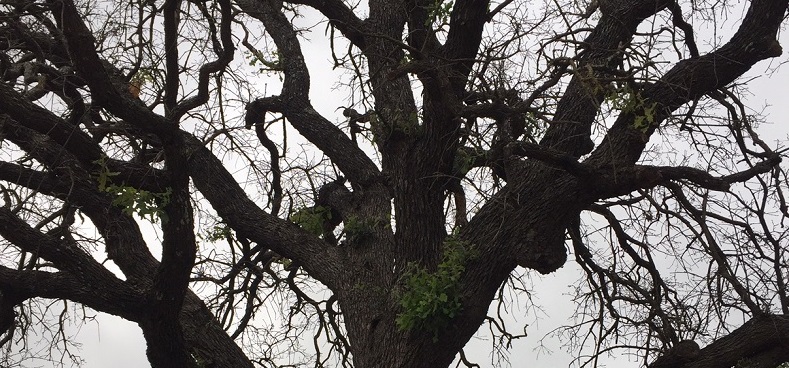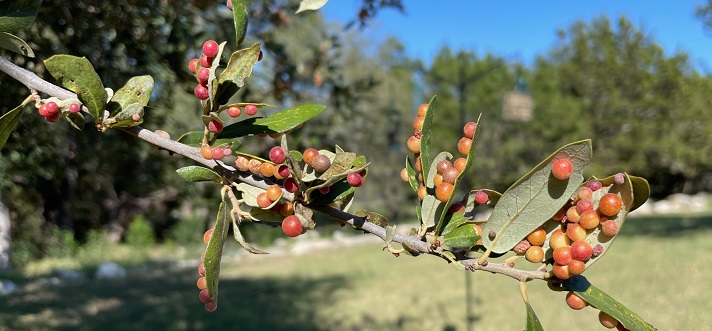Rose Rosette Disease was first identified in wild roses in the 1940’s in California, the Rocky Mountains, and Manitoba, Canada. In 1990 the disease appeared in East Texas, and by the mid-1990’s infected plants were located in the Dallas-Fort Worth area. In 2015, the Fort Worth Botanic garden replaced all their roses due to infection by the Rose Rosette virus.
Rose Rosette Disease is a lethal disease of roses, and has been determined to be caused by a virus. It has no known treatment or cure. The disease is spread by eriophyid mites, which crawl from plant to plant or drift in the wind to infect other plants as they feed on them.
Symptoms to watch for:
*Witch’s broom growth
*Distorted leaves and flowers
*Excessive leaf growth and excess thorns
*Red discoloration of new growth that does not turn green as it ages
*Side branches elongate radically
*Stems will be enlarged, thickened or even flattened
All varieties of roses are susceptible. Although it has been noted that Knock Out roses seem to be seen more often with the disease, it is simply more likely that it is due to their prevalence in the landscape.
Any rose exhibiting symptoms of Rose Rosette Disease should be dug, roots and all, and placed in a bag to avoid spreading the Eriophyid mite to other roses in the area.
Much research is being done to determine if the virus is localized or systemic within the plant. If it is systemic, the roots are most certainly involved, and their complete removal would be necessary before re-planting the area with roses.
Since Rose Rosette seems to be here to stay (at least for now), learn to recognize the symptoms and immediately remove plants affected.
For more information consult Texas AgriLife Extension: https://agrilifeextension.tamu.edu/library/landscaping/rose-rosette-disease-demystified/




